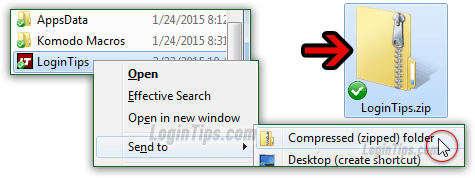

NTFS compression has been designed to be fast and lightweight, and as a result, the ratio of compression will usually be less than the one offered by third-party tools.ĭrives and folders using NTFS compression can store already compressed files (such as zip folders and mp3 audio files), but it's unlikely that you'll see any size reduction.įinally, when using NTFS compression, files have to go through a decompression process before they can be transmitted through the network, which means that this method isn't optimized to save bandwidth or time. The amount of space that you could save using this feature will always depend upon the amount of data and other factors. Using a large storage device means more room to save files without the need for the system to use resources to compress and decompress your data, which can negatively impact performance. In the case that you're dealing with a low-end or very old device, you should ignore compression and opt to purchase a larger external drive instead. While you can use compression on virtually any device, it's only recommended to use this feature on a computer with a reasonably new processor and a fast drive, such as a Solid-State Drive (SSD), for best performance.Īlso, you can use Windows 10's NTFS compression on USB flash drives and SD cards, but you should consider only enabling the feature on more capable drives (such as SSD and HDD). If you want to compress the system drive, you should consider using Compact OS, which is a feature designed specifically to reduce the footprint of the installation allowing to free up space on the drive running Windows 10.
#Recompress folder of videos how to#
How to know when you should and shouldn't compress files with NTFSĪlthough the ability to compress files without third-party software can come in handy to minimize storage usage, there are several things to keep in mind when using NTFS compression.įor example, you can enable compression on the drive that contains the Windows 10 installation, but it's not recommended to use the feature as it could significantly impact system performance and create additional problems.

4, make sure to clear the Compress this drive to save disk space option. If you want to undo the changes, you can use the same instructions outlined above, but on step No. (Usually, you want to enable compression on an empty drive before storing files on it.) You can use compression on a drive with or without files, but if the drive isn't empty, NTFS will need to go through the process of making the files smaller, which could end up taking a long time. After you complete the steps, NTFS will enable compression inside the drive.


 0 kommentar(er)
0 kommentar(er)
